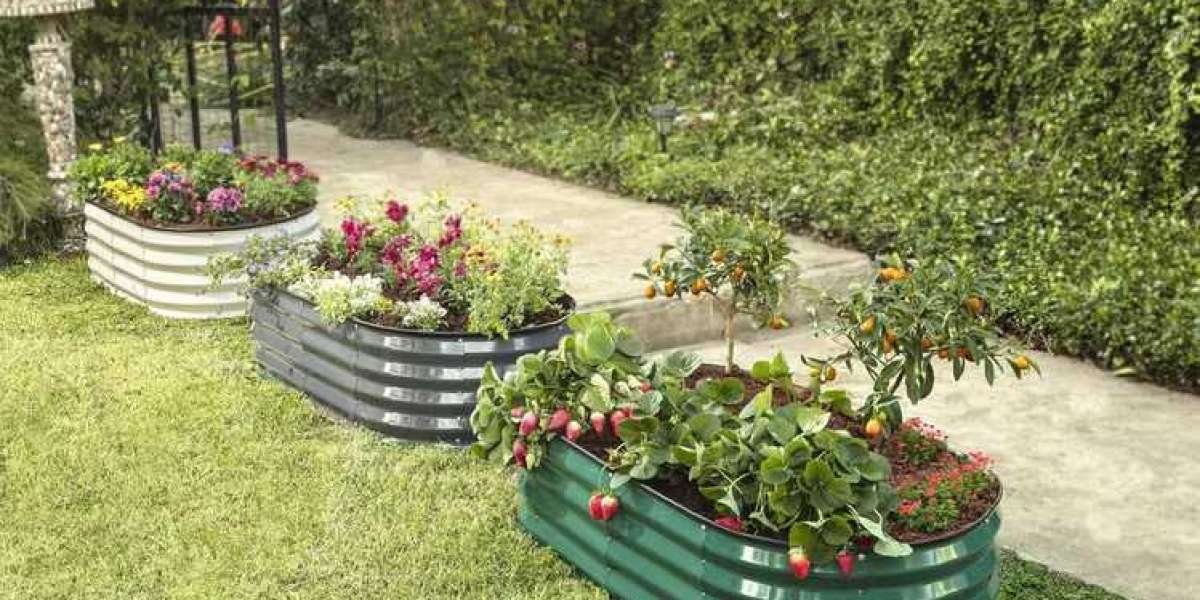Raised garden beds are becoming a popular choice for many gardeners due to their numerous advantages, such as better drainage, improved soil quality, and easier access for those with limited mobility. However, despite their growing popularity, many gardeners still make common mistakes that can hinder their gardening success.
Top 7 Mistakes to Avoid When Using a Raised Garden Bed
Raised garden beds can offer a more efficient and rewarding gardening experience, but there are several pitfalls that can affect plant growth and garden longevity. In this article, we’ll go over the most common mistakes to avoid and provide helpful tips to help your garden flourish.
- Choosing the Wrong Location for Your Raised Garden Bed
When setting up a raised garden bed, it’s crucial to pick the right spot. Placing your bed in a shaded area may result in poor plant growth, as most vegetables and flowers require plenty of sunlight to thrive. Ideally, a raised garden bed should receive at least six hours of direct sunlight each day.
Tip: Before setting up your bed, observe how the sunlight moves across your yard throughout the day to ensure your plants get the exposure they need.
- Using the Wrong Soil Mix
A common mistake when planting in raised garden beds is using poor-quality or inappropriate soil. Unlike traditional in-ground gardens, raised beds need a specially formulated soil mix to ensure proper drainage and nutrient availability.
Tip: Use a high-quality mix of compost, topsoil, and organic matter for your raised garden bed. A ratio of 60% topsoil, 30% compost, and 10% perlite or vermiculite is ideal for most plants.
- Overcrowding Plants
While it’s tempting to plant a lot in a raised garden bed, overcrowding can lead to poor airflow, stunted growth, and increased susceptibility to pests and diseases. Plants need adequate space to grow, develop roots, and receive sufficient nutrients.
Tip: Follow the recommended spacing guidelines on plant labels to ensure your plants have enough room to grow properly.
- Neglecting Proper Watering Techniques
Overwatering or underwatering can both be detrimental to your raised garden bed. The elevated soil in these beds tends to dry out faster than in-ground beds, but it’s essential not to let the soil get too dry or waterlogged.
Tip: Install a drip irrigation system or use soaker hoses to water deeply and consistently. Water the base of the plants, not the leaves, to prevent diseases.
- Ignoring Drainage Needs
Without proper drainage, water can accumulate in the bottom of your raised garden bed, which can lead to root rot and other plant diseases. While most raised beds have better drainage than traditional garden beds, it’s important to ensure there are adequate drainage holes or slats at the bottom.
Tip: If your raised bed doesn’t have a built-in drainage system, consider adding a layer of rocks or gravel at the bottom to improve water flow.
- Failing to Rotate Crops
Growing the same plants in the same spot year after year can deplete the soil of essential nutrients and make your plants more vulnerable to pests and diseases. Crop rotation is a simple but effective way to maintain healthy soil and improve plant yields.
Tip: Change the type of crops you grow in each bed annually. For example, rotate between legumes, leafy greens, root vegetables, and fruiting plants to promote healthy soil.
- Not Maintaining Your Raised Garden Bed
Even though raised garden beds are lower maintenance than in-ground gardens, they still require upkeep. Neglecting to replenish the soil, clean the bed, and maintain the structure can lead to poor plant growth and even bed deterioration.
Tip: At the end of each growing season, refresh your soil by adding compost and organic matter, remove dead plants, and inspect the bed for any damage.
Conclusion:
Raised garden beds are an excellent choice for gardeners looking to grow their own produce in a manageable and efficient way. However, by avoiding these common mistakes—such as poor location choices, incorrect soil, overcrowding, and neglecting proper maintenance—you can ensure a healthy and productive garden. Keep these tips in mind as you set up and care for your raised garden bed, and you’ll be well on your way to enjoying a bountiful harvest season after season.








